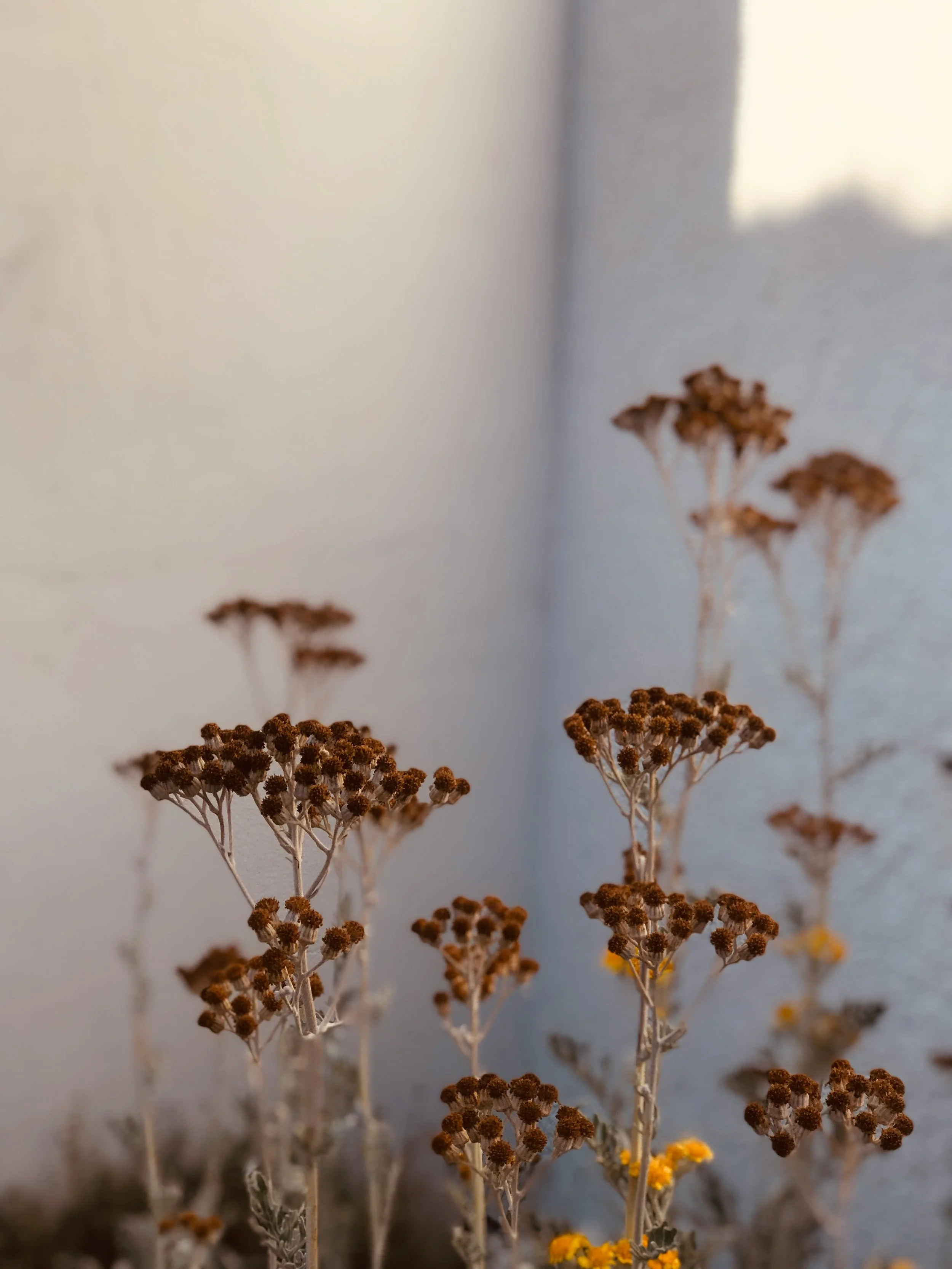Your Garden is Stressed. Here’s how to help it Survive a Heatwave.🌡️
When a heatwave hits, your garden doesn’t get to hide in the shade or crank up the AC. It just has to sit there and take it. Leaves droop, soil dries out in no time, and everything starts looking a little crispy. It’s tough to watch, especially when you’ve put so much love into your plants. But there are things you can do to help them hang on. With a few moves and a little extra care, your garden can survive the heat. Here’s how I handle triple-digit heat in my Sacramento garden, zone 9b.
Plants can’t run from the heat—but you can give them shade.
During the hottest parts of the day, especially in the afternoon. You can use shade cloths, old sheets, or even cardboard boxes to block direct sun. It helps prevent leaf scorch and keeps the soil from drying out too fast.
I water early, before the sun gets intense.
Mornings are best, usually before 9 a.m. I do a deep soak at the root zone instead of spraying the surface. That way the water actually reaches the roots and doesn’t evaporate right away.
Consider growing crops that are built for the heat.
Instead of fighting the climate, I lean into it. Okra, eggplant, black-eyed peas, sweet potatoes, melons, and hot peppers all thrive in Sacramento summers. Knowing my grow zone helps me work with the weather, not against it.
Add mulch. 2–4 inches keeps roots cool + retains moisture.
Adding mulch, like straw or shredded leaves, keeps moisture in and acts like insulation for the soil. It helps regulate temperature and keeps the roots cooler.
Skip the fertilizer. Heat + nutrients = stress overload.
Feeding plants during a heatwave can actually stress them out more. The nutrients encourage new growth, but in extreme heat, plants should focus on surviving, not growing.
Move potted plants to partial shade or indoors if possible.
Containers heat up fast. I pull my potted herbs and veggies into partial shade or indoors if they’re struggling. Even a few hours out of direct sun can make a big difference.
Watch for drooping leaves—that’s not always a sign to water.
Sometimes leaves wilt from heat, not thirst. I check the soil before watering again. Overwatering in heat can lead to root rot, so respond with care, not panic.
Prioritize saving young plants, transplants, and anything newly seeded.
Young seedlings, transplants, and anything I just direct seeded gets top priority. Those are the plants most at risk when the weather spikes, so I baby them a little more.
Let some things go. Not everything will make it, and that’s okay.
Not every plant is going to make it through the heat, and that’s part of gardening. I’ve learned to accept some losses so I can focus on what still has a fighting chance.
Your job is to reduce stress, not be a magician!
I don’t try to outsmart nature. I work with it. That means adjusting my pace, paying attention, and letting the garden teach me what it needs to thrive.
One thing that changed the game for me was learning which plants actually like the heat. Once I started paying attention to my grow zone and choosing crops that can handle high temps like okra, eggplant, sweet potatoes, and black-eyed peas, I stopped fighting the weather so much. Now I plan for the heat and let those tougher plants shine when the temperatures rise. It makes a big difference.
You won’t be able to save everything, and that’s okay. Some plants will bounce back, others won’t. That doesn’t mean you did anything wrong. Your job isn’t to fix the weather. It’s to respond, adjust, and do what you can to ease the stress on your garden. Prioritize what needs the most support, make peace with what you can’t control, and keep showing up. You’re learning as you grow, and so is your garden.
And if you’re feeling discouraged, you’re not alone. Gardening in this kind of heat can feel like a losing battle, especially when you’re doing everything right and still watching things wilt. Try to slow down and listen to what your garden is telling you. It might be asking for less effort, not more. Sometimes the best thing you can do is pause, observe, and let nature take its course while you offer quiet support. Even resting is a form of tending.
What’s one thing you’re doing to care for your garden and yourself in this heat? Drop your favorite tip or a moment of calm you’ve had in the garden lately. We grow stronger when we share.
Curious what to grow when the temps hit triple digits? Check out my “Beat the Heat” blog post for a list of crops that actually thrive in hot weather.




